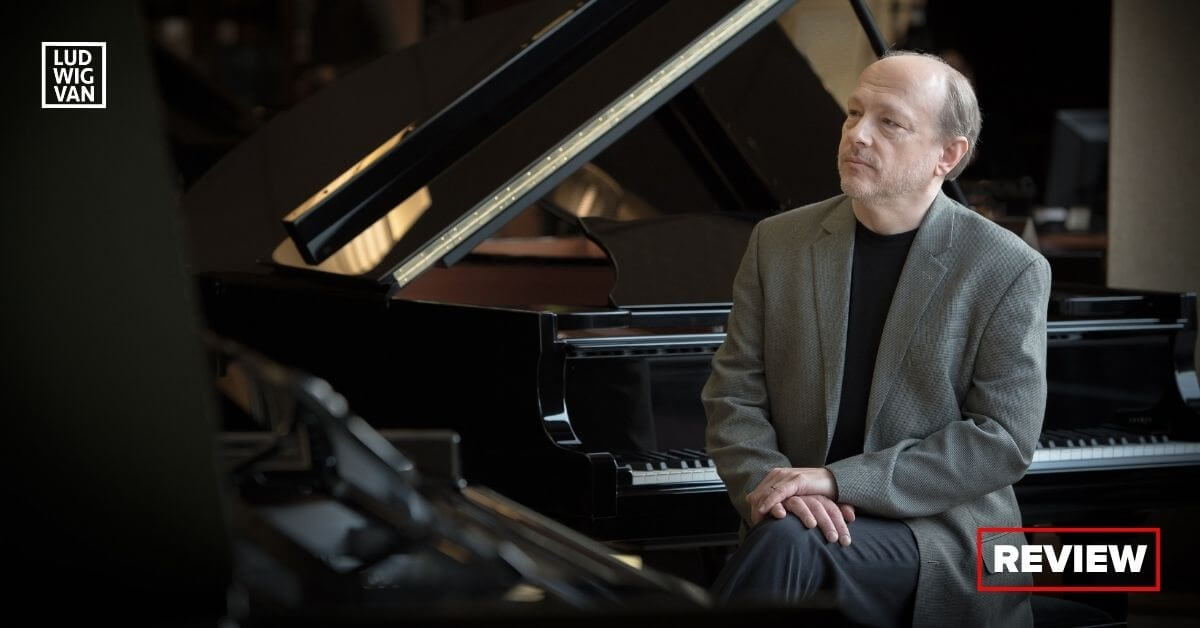
The status among pianists of Beethoven’s “Hammerklavier” Sonata brings to mind Mark Twain’s definition of a classic as a book everybody wants to have read but no one wants to read. Its greatness is undisputed, but its difficulties are many and manifest. Marc-André Hamelin’s performance of the 45-minute masterpiece Tuesday in the Jane Mallett Theatre was the first for a Music Toronto audience since 2004, when the pianist was Anton Kuerti.
The wait, if prolonged, was worth it. One could hardly ask for a more natural balance of forward motion and soulful lyricism in the Adagio sostenuto. Soprano and bass lines sang ardently, as in a duet, and with dignity. Stresses were gentle but firm; syncopations, pointed but natural. Momentum never flagged.
After a suspenseful treatment of the transitional introduction came a fugal finale of mesmerising clarity. It is habitual to draw attention to Hamelin’s technical credentials, but there was more to this performance than precision. One had the sense of a ringmaster controlling tigers that could escape at any moment.
There is less to say about the first two movements, which were pretty much by the book, though of course the first was not taken at the unreasonable tempo Beethoven prescribed. Perhaps it is not a bad thing to leave some things in so great a work undone. Footnote for “Hammerklavier” nerds: Hamelin negotiated the opening leaps with two hands, not the left hand alone.
The recital began with C.P.E. Bach’s Suite in E Minor H. 66, written the year after the death of J.S. Bach and sounding distinctly like a tribute to Dad. Lively contrapuntal chases and melancholy laments were given their due. Hamelin was willing to withhold the pedal to create a détaché effect, but this was still a modern-piano interpretation. A few moments in the concluding Gigue sounded unsure.
There were no problems in Scriabin’s 1911 Sonata No. 7 “White Mass,” with its sultry melodies, complex harmonies and unsettling trills. Even more impressive at a pianistic level were Prokofiev’s Sarcasms of 1914, a quirky suite of exercises in defeating expectation. It is tempting to say that Hamelin extracted orchestral sonority from the Fazioli grand, but I am not sure that an orchestration would do justice to the extravagant colours we heard.
Whether the pianist was the first in Canada to give an encore after the “Hammerklavier” cannot be known for certain. It was an odd decision, however softly exquisite his performance of Debussy’s Reflets dans l’eau might have been. Then came one of his own short works, a self-descriptive charmer called Music Box. The treble range of the piano had the floor in this.
Listeners were enthusiastic. One hopes the high-pitched whistling sound heard during parts of the Beethoven does not play havoc with the CBC Radio recording of the recital.
#LUDWIGVAN
Get the daily arts news straight to your inbox.
Sign up for the Ludwig van Daily — classical music and opera in five minutes or less HERE.
- SCRUTINY | Moussa Concerto Sounds Strong In Toronto Symphony Orchestra Premiere, Paired With Playful Don Quixote - April 4, 2024
- SCRUTINY | Esprit Orchestra At Koerner Hall: Ligeti 2, Richter No Score - April 1, 2024
- SCRUTINY | Sibelius & New Cello Concerto By Detlev Glanert Offers A Mixed Bag From The TSO - March 28, 2024



